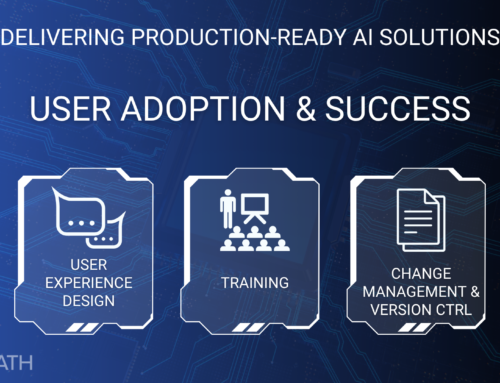Beyond the general considerations previously discussed, there are several additional aspects to think about when deploying an ML model into production to ensure it's truly enterprise-ready. Here are some further considerations:
11. Model Interpretability and Explainability
- Transparency: Ensure that the model's decisions can be explained, particularly in regulated industries where decision transparency is crucial (e.g., finance, healthcare). Use techniques like SHAP (SHapley Additive exPlanations) or LIME (Local Interpretable Model-agnostic Explanations).
- User Trust: Providing clear explanations of model predictions can help build trust with end-users and stakeholders, especially in critical applications.
12. Ethics and Fairness
- Bias Detection and Mitigation: Regularly assess the model for biases that could lead to unfair outcomes. Implement methods for bias detection and mitigation during both the training and inference stages.
- Fairness Audits: Conduct fairness audits to ensure that the model treats all demographic groups equitably. This might involve analyzing model performance across different subgroups.
13. Operational Resilience
- Fault Tolerance: Design the system to be resilient to failures, with strategies like model replication, load balancing, and failover mechanisms to ensure high availability.
- Disaster Recovery: Implement disaster recovery plans, including regular backups of model artifacts, configuration files, and related infrastructure.
14. Model Versioning and Experimentation
- Model Versioning: Maintain a robust versioning system for tracking different iterations of the model, including changes to data, features, and algorithms.
- A/B Testing: Use A/B testing or canary deployments to compare the performance of different model versions in production before fully rolling out updates.
15. Data Quality and Integrity
- Data Quality Checks: Implement automated data quality checks to ensure that the input data meets the expected standards. Poor data quality can degrade model performance and reliability.
- Data Provenance: Track the provenance of data used in training and inference to ensure traceability and accountability, particularly in regulated environments.
16. Latency and Throughput Optimization
- Inference Optimization: Optimize the model for low-latency inference, especially in real-time applications. This may involve model quantization, pruning, or using specialized hardware (e.g., GPUs, TPUs).
- Throughput Management: Ensure that the system can handle the expected number of requests per second, with appropriate mechanisms for scaling and load balancing.
17. Model Deployment Flexibility
- Deployment Options: Consider flexible deployment options such as edge deployment, on-premises deployment, or hybrid cloud models, depending on the use case and data privacy requirements.
- Containerization and Orchestration: Use containerization (e.g., Docker) and orchestration tools (e.g., Kubernetes) for flexible and scalable deployment, facilitating easier updates and rollbacks.
18. Feedback Loops and Continuous Learning
- Feedback Mechanisms: Implement mechanisms for capturing feedback from users or other systems to continuously improve the model. This could involve active learning or human-in-the-loop systems.
- Online Learning: In scenarios where the environment is rapidly changing, consider online learning methods that allow the model to adapt continuously without needing to retrain from scratch.
19. Compliance and Legal Considerations
- Intellectual Property: Ensure that the model and the data it uses do not violate any intellectual property rights, including the use of third-party datasets or pre-trained models.
- Contractual Obligations: Be aware of any contractual obligations that might affect the model deployment, especially in cases where external vendors or services are involved.
20. User Training and Adoption
- Training: Provide training sessions for end-users, stakeholders, and other teams (e.g., DevOps, support) to ensure they understand how to use, monitor, and troubleshoot the model.
- Change Management: Implement change management practices to support the adoption of the new model, particularly if it significantly alters existing workflows or decision-making processes.
21. Cross-Functional Collaboration
- Collaboration: Encourage collaboration between data scientists, software engineers, DevOps, security teams, and business stakeholders to ensure that the model deployment aligns with enterprise goals and standards.
- Stakeholder Alignment: Regularly communicate with stakeholders to ensure the model meets business requirements and to manage expectations regarding its performance and limitations.
22. Energy Efficiency
- Energy Consumption: Optimize the model and its infrastructure to reduce energy consumption, especially in large-scale deployments. This is not only cost-effective but also aligns with sustainability goals.
- Green AI: Consider adopting "Green AI" practices that focus on minimizing the environmental impact of ML models by reducing computational resource requirements during both training and inference.
By considering these additional factors, organizations can deploy ML models in a way that not only meets technical requirements but also aligns with broader enterprise goals, ensuring long-term success and sustainability.





